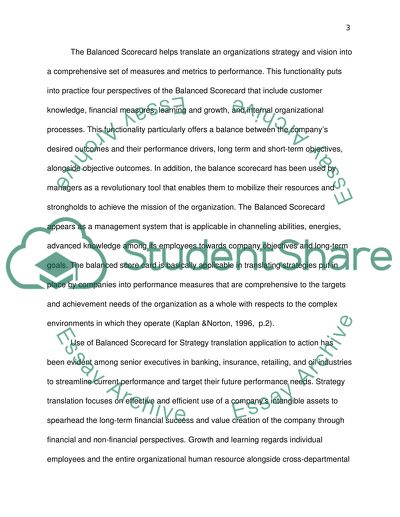Cite this document
(“Balanced Scorecard Essay Example | Topics and Well Written Essays - 2500 words”, n.d.)
Balanced Scorecard Essay Example | Topics and Well Written Essays - 2500 words. Retrieved from https://studentshare.org/finance-accounting/1444974-balanced-scorecard
Balanced Scorecard Essay Example | Topics and Well Written Essays - 2500 words. Retrieved from https://studentshare.org/finance-accounting/1444974-balanced-scorecard
(Balanced Scorecard Essay Example | Topics and Well Written Essays - 2500 Words)
Balanced Scorecard Essay Example | Topics and Well Written Essays - 2500 Words. https://studentshare.org/finance-accounting/1444974-balanced-scorecard.
Balanced Scorecard Essay Example | Topics and Well Written Essays - 2500 Words. https://studentshare.org/finance-accounting/1444974-balanced-scorecard.
“Balanced Scorecard Essay Example | Topics and Well Written Essays - 2500 Words”, n.d. https://studentshare.org/finance-accounting/1444974-balanced-scorecard.


